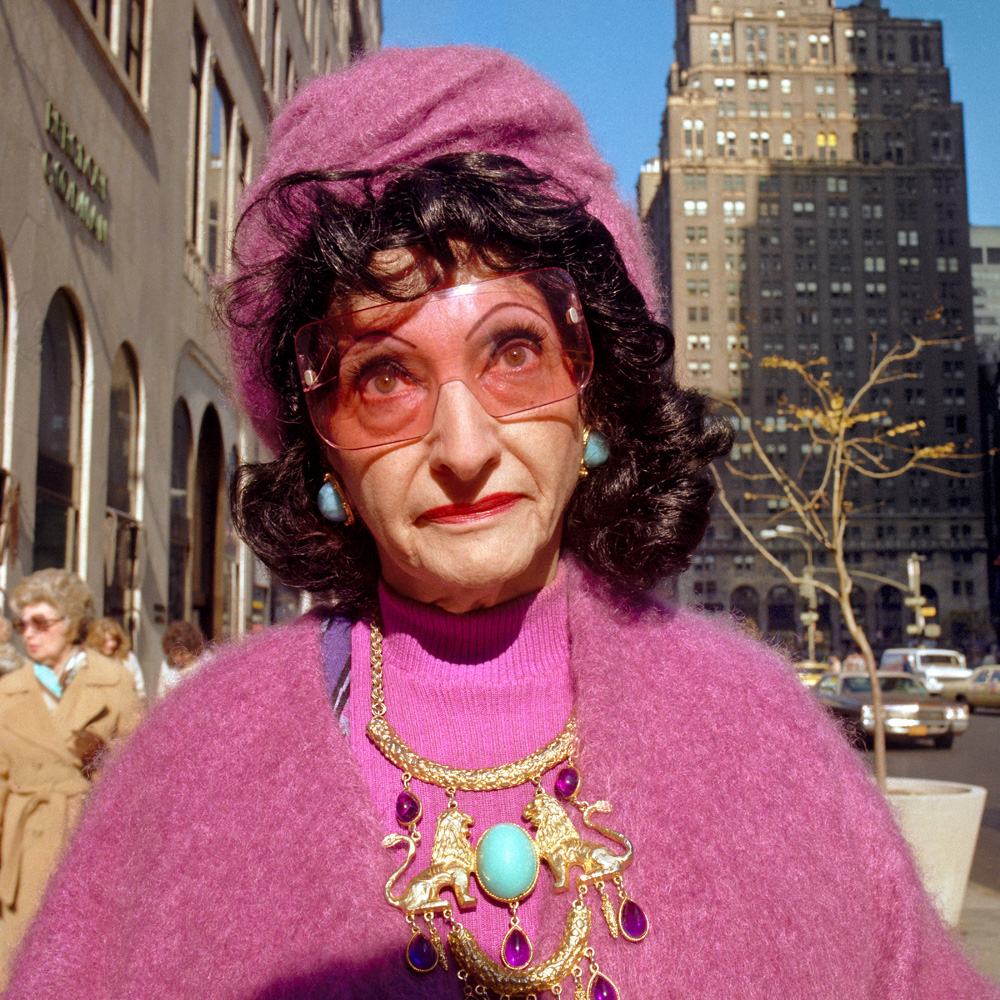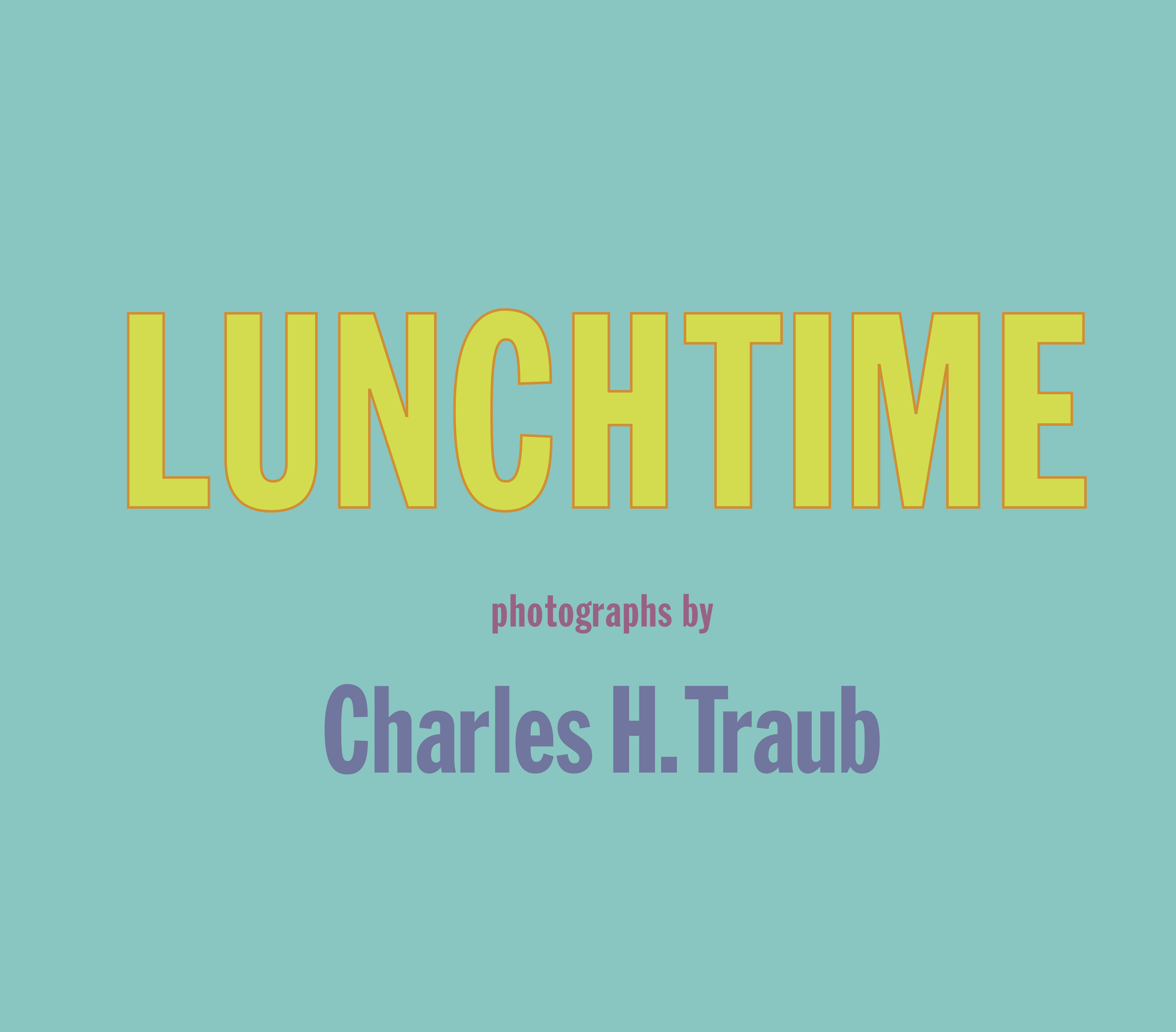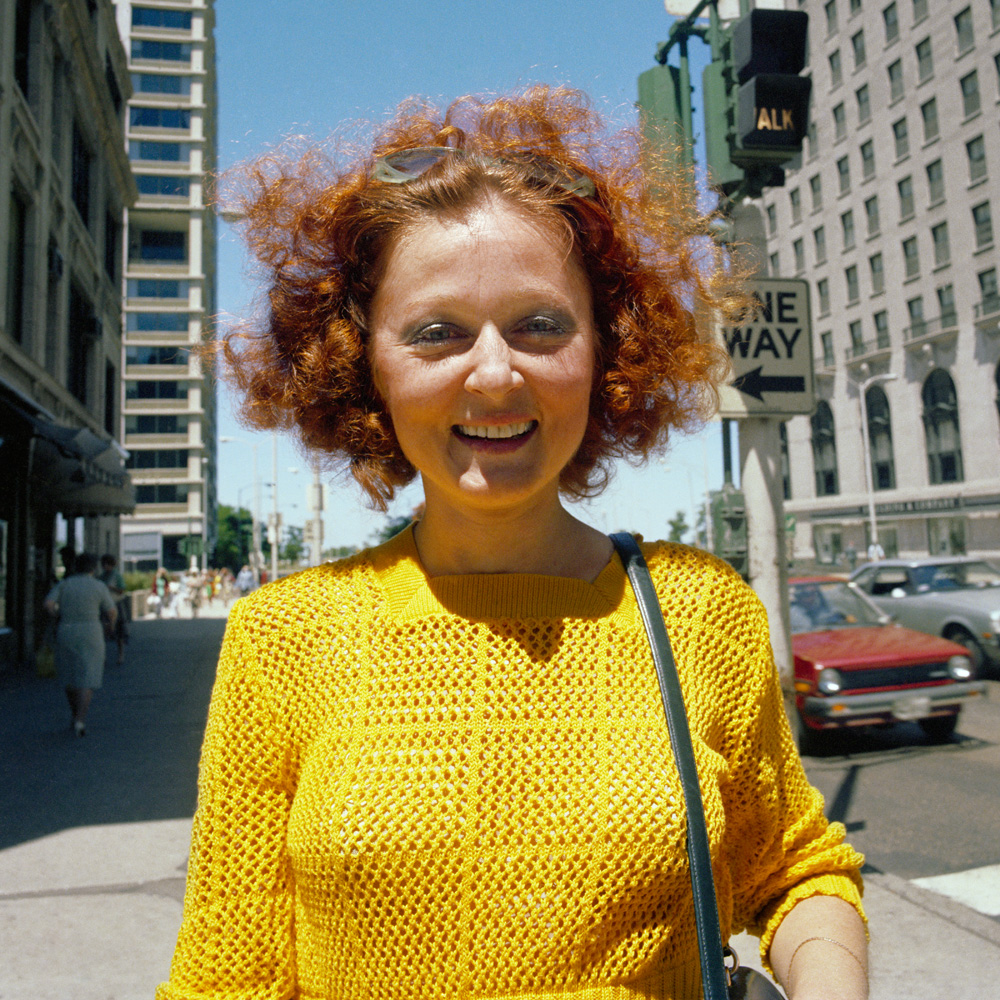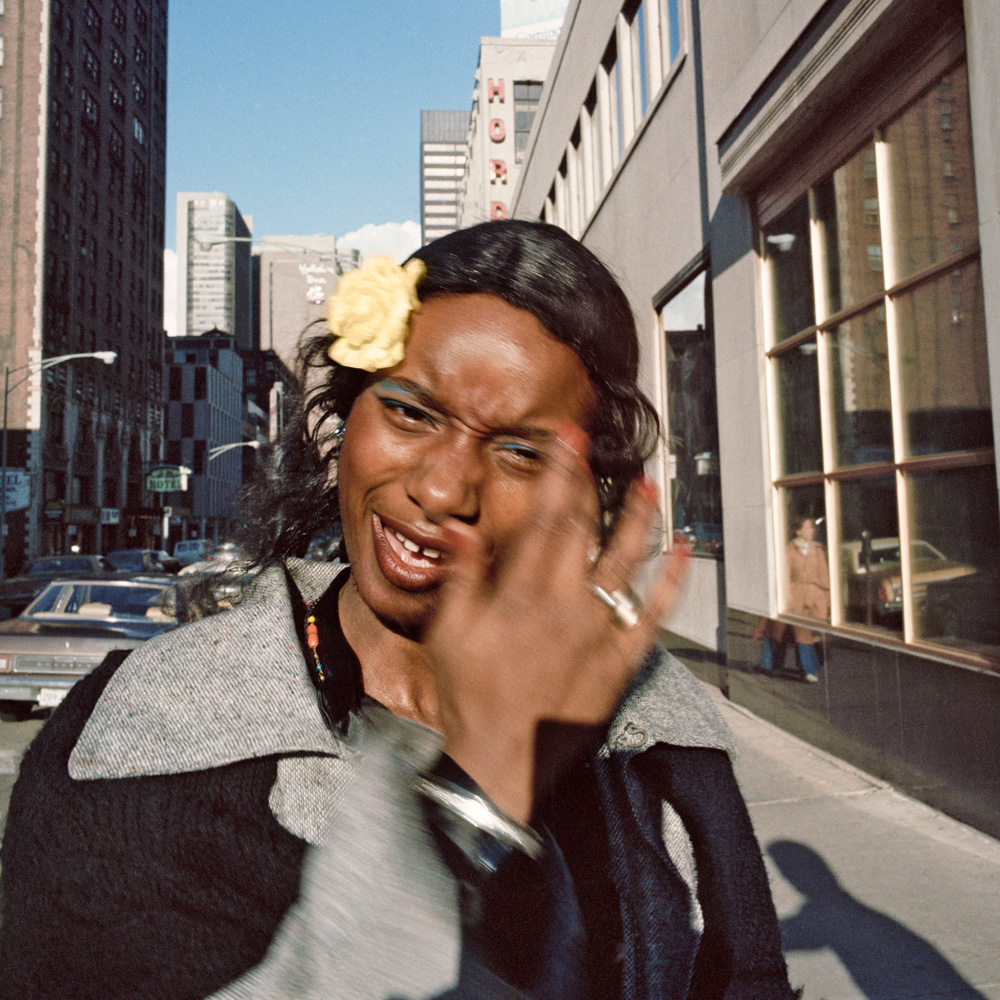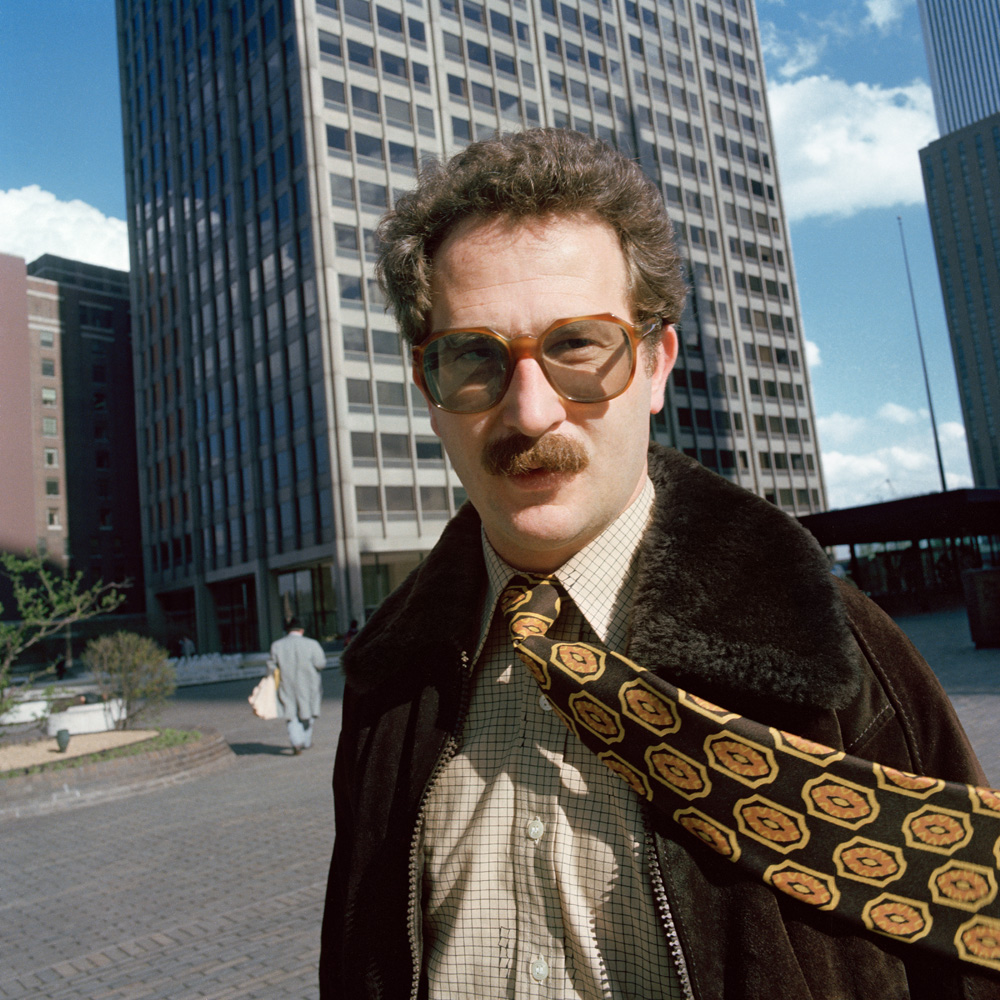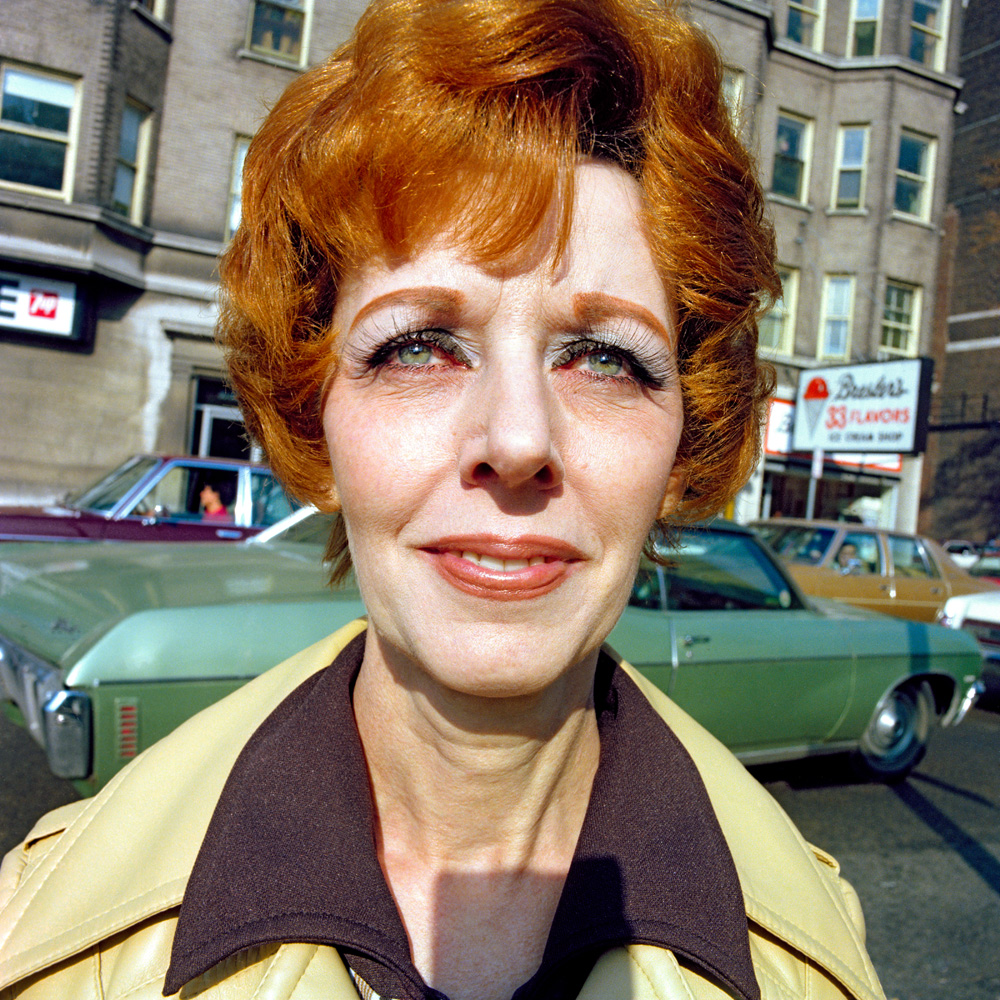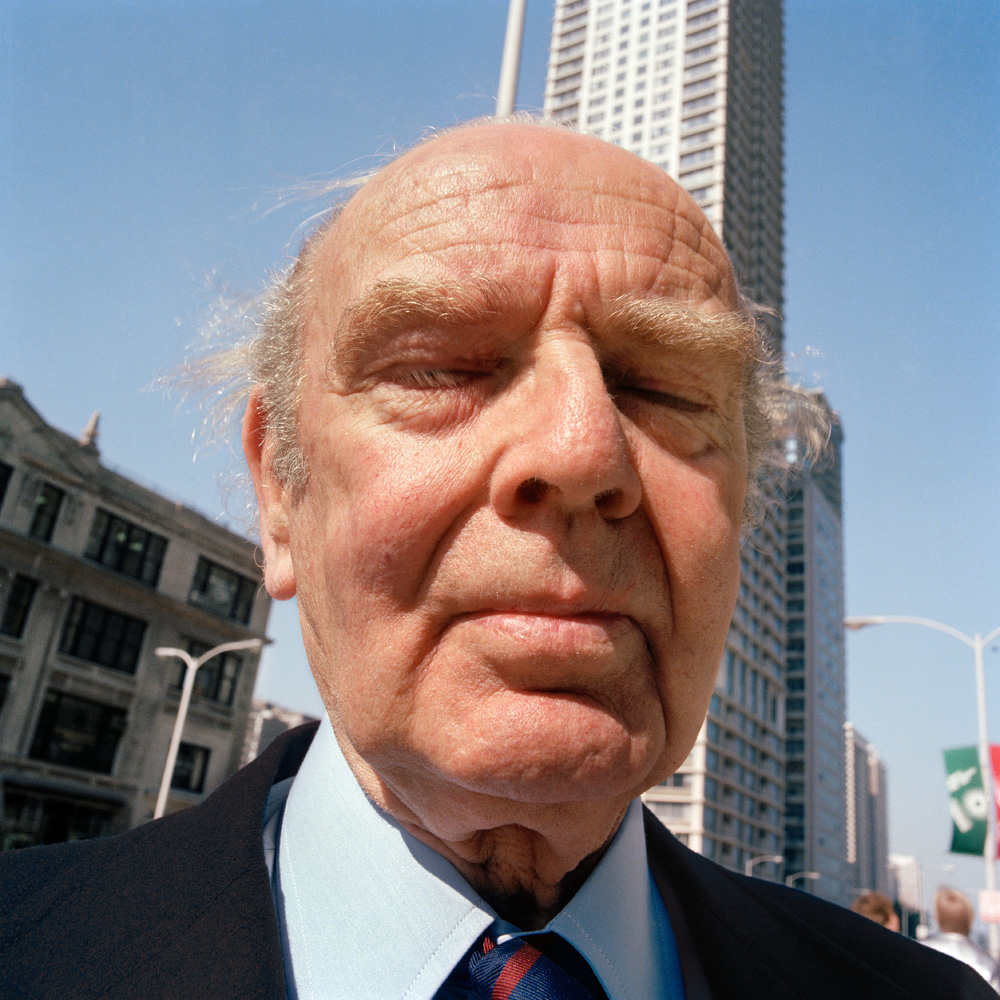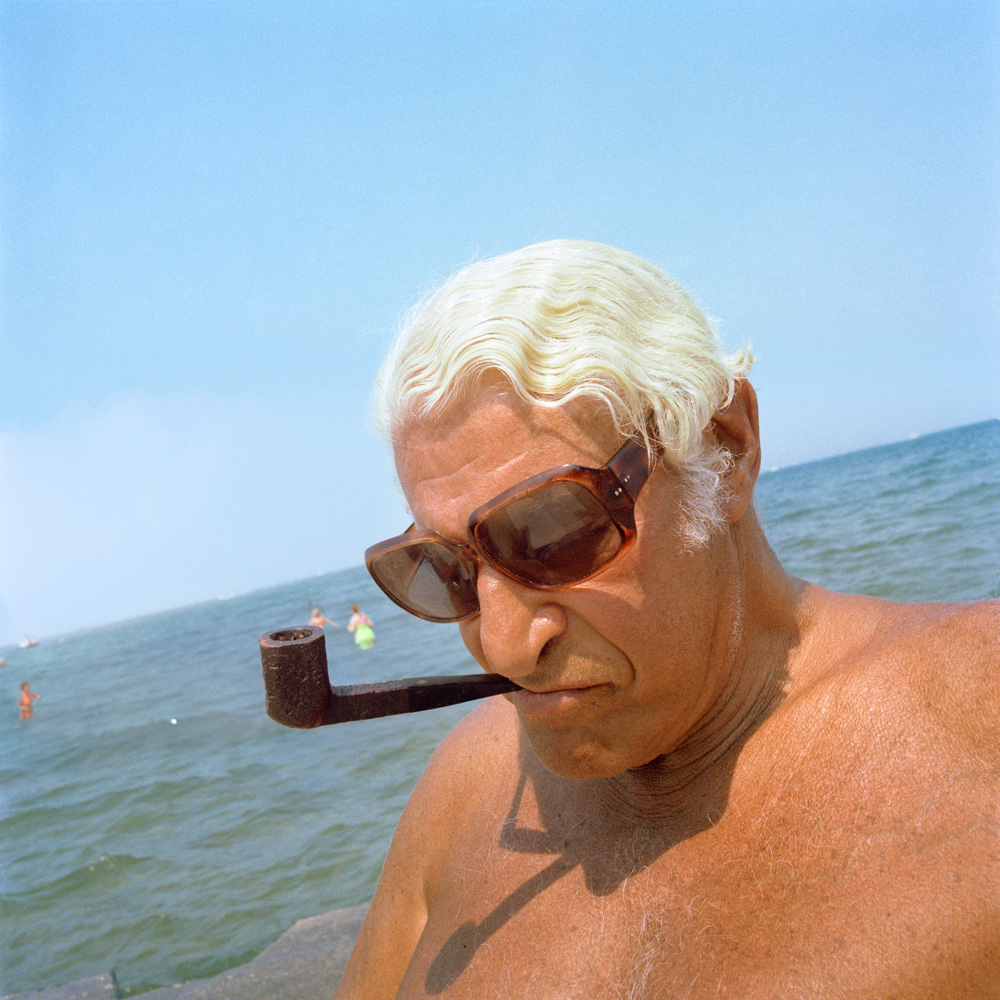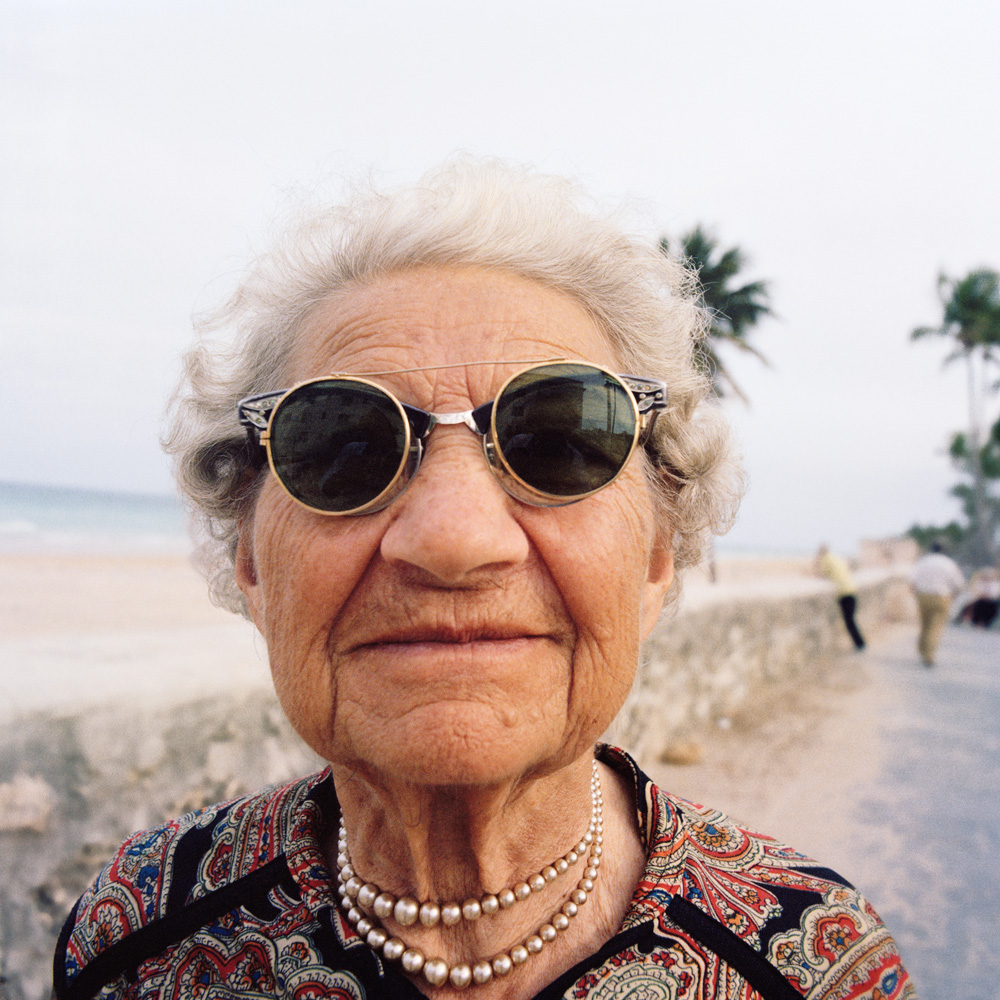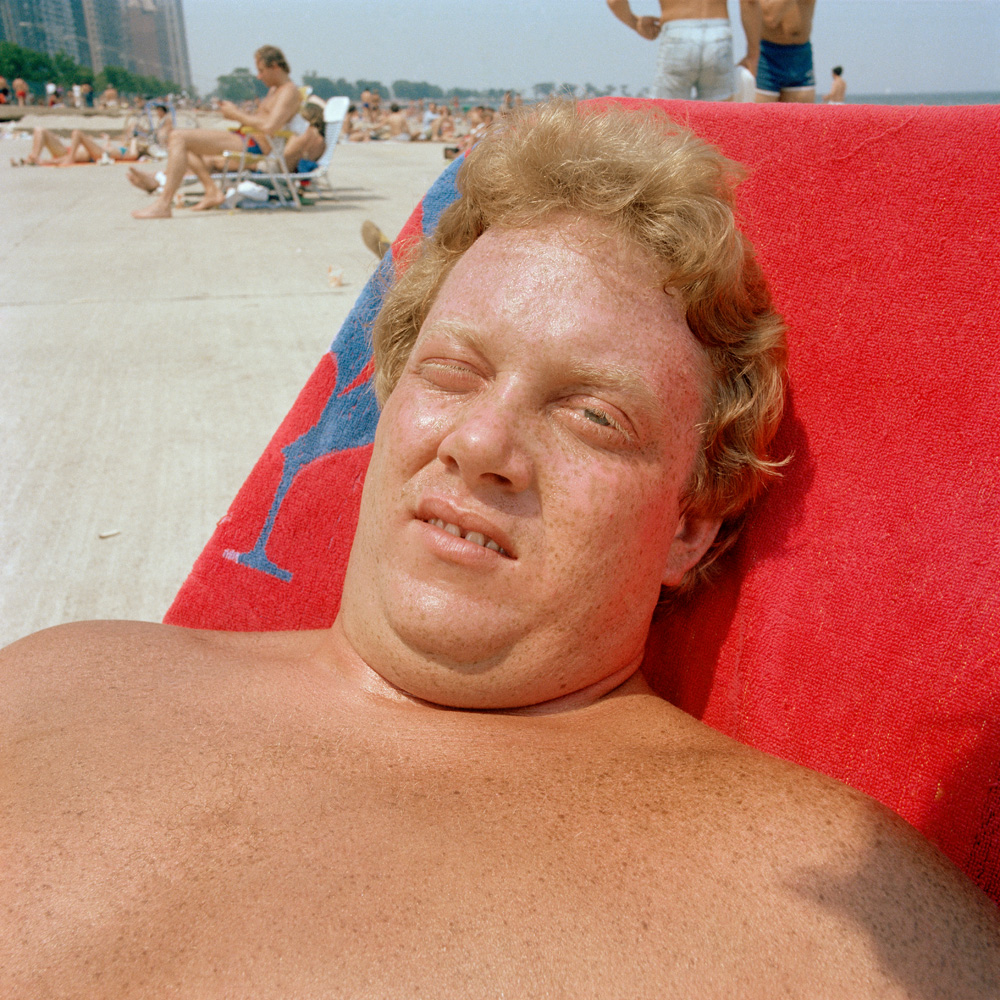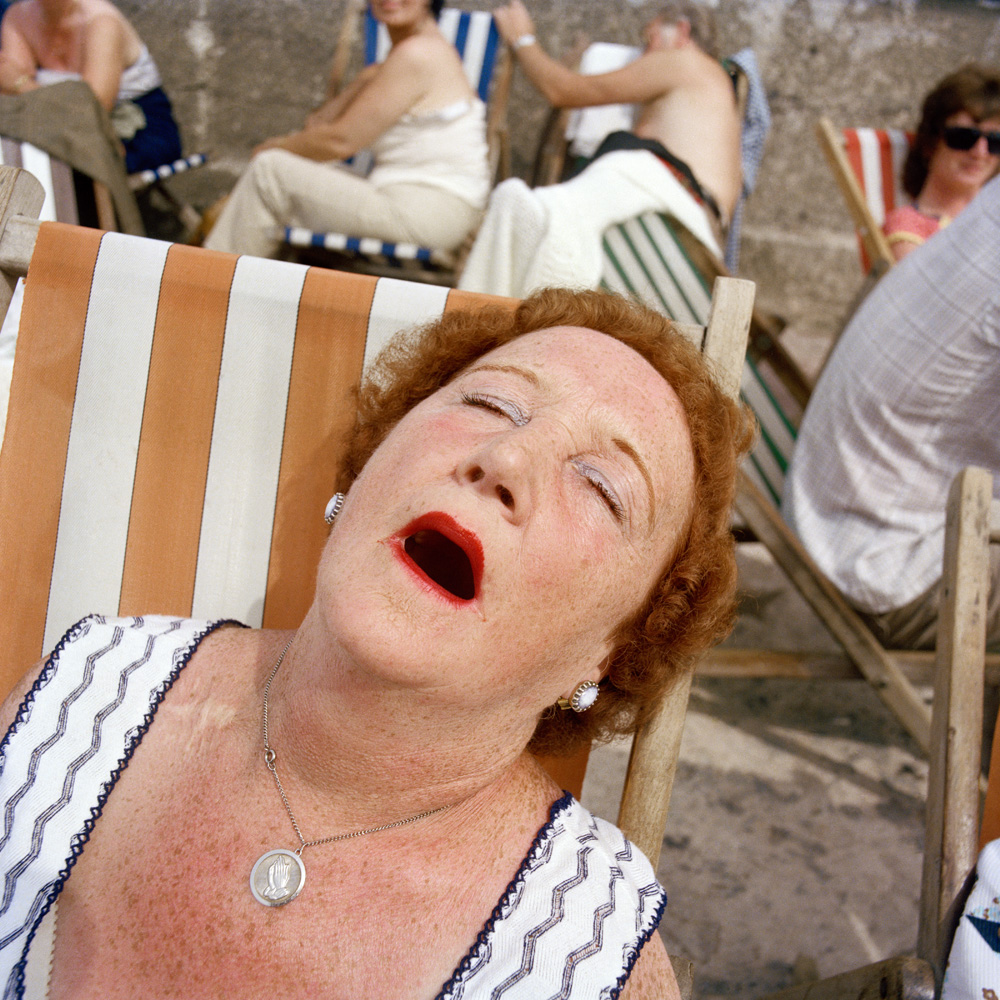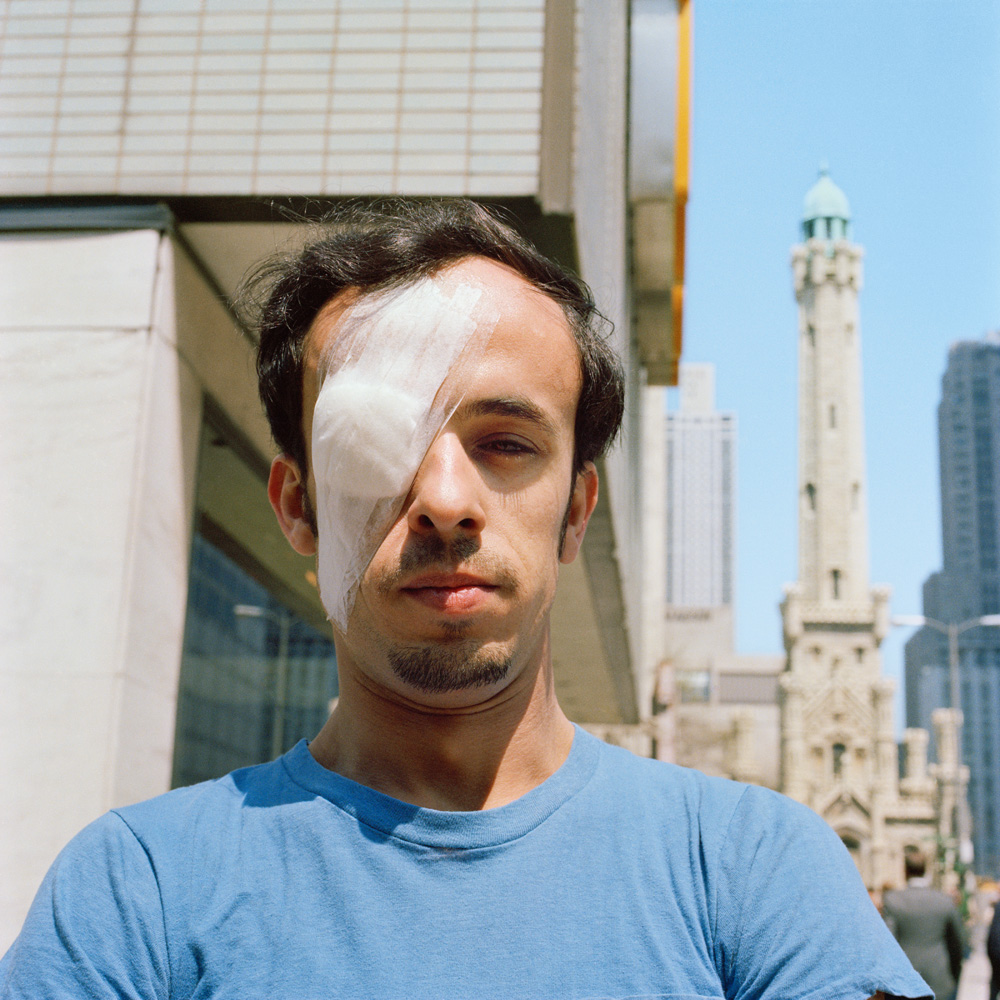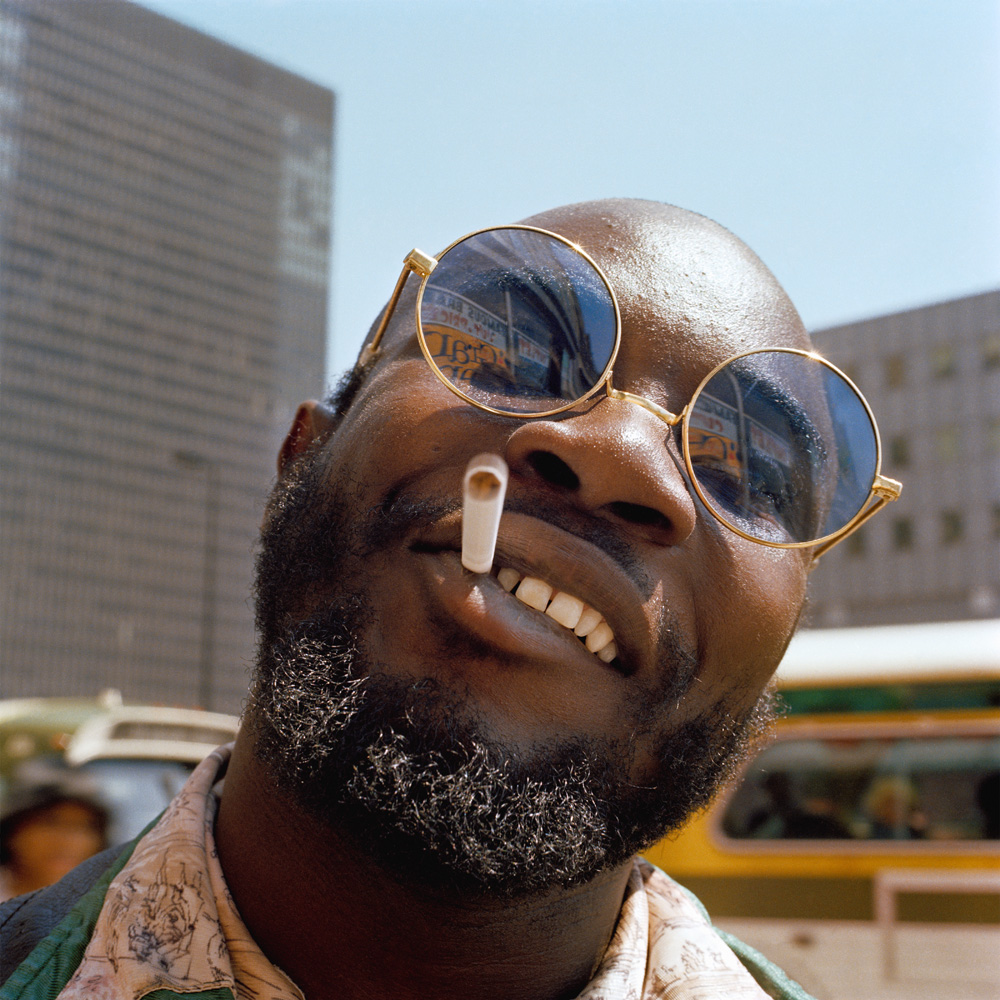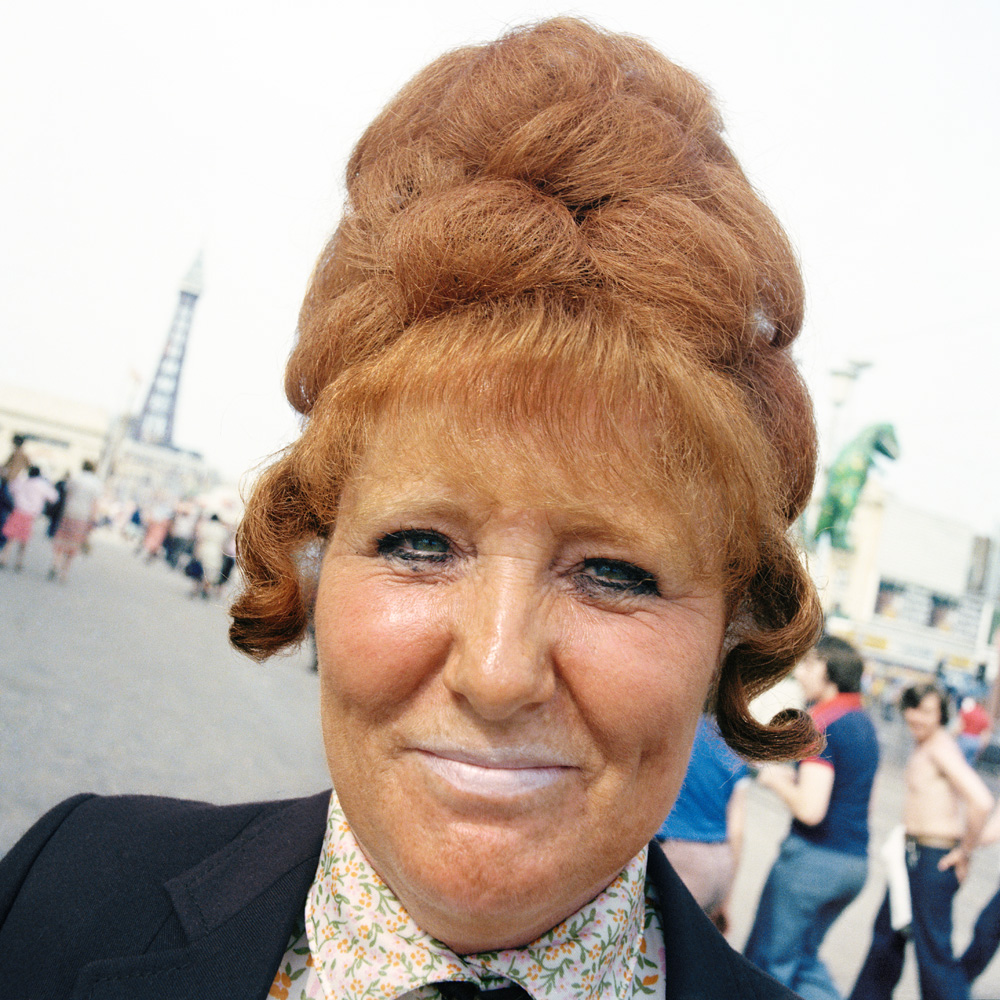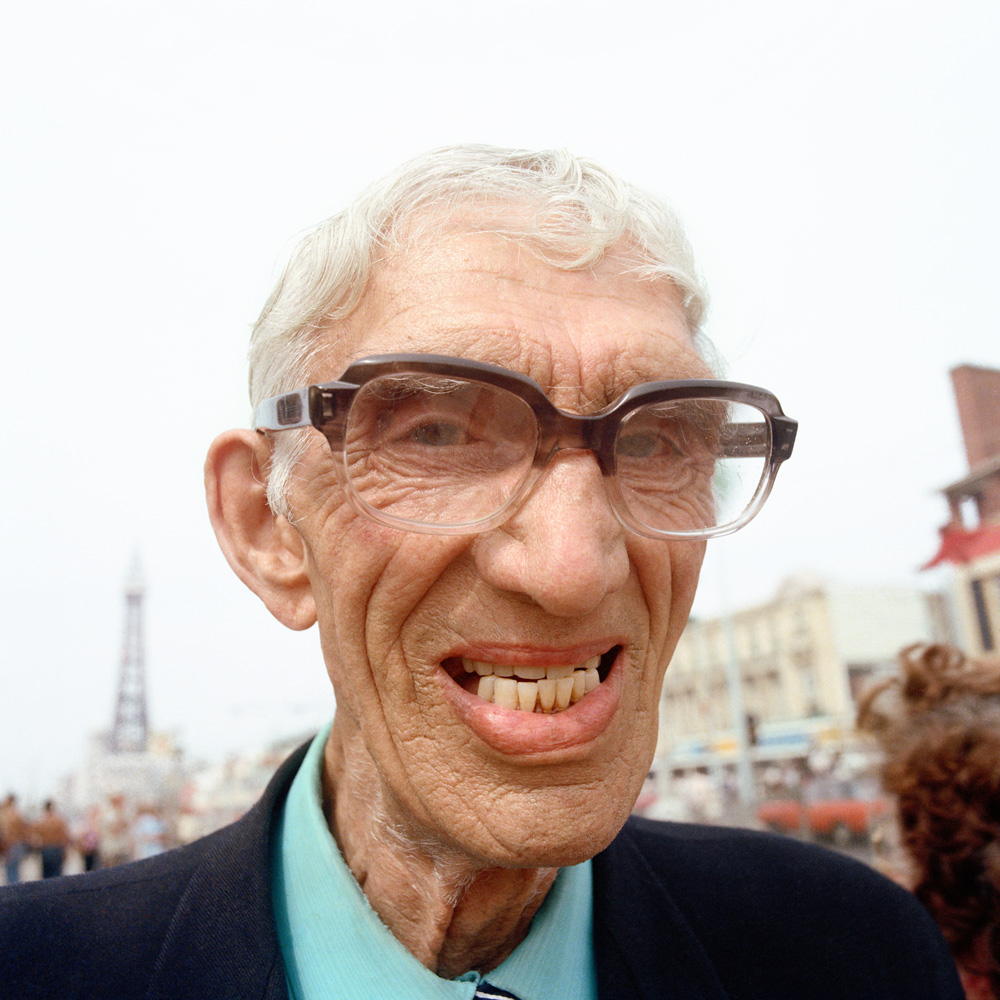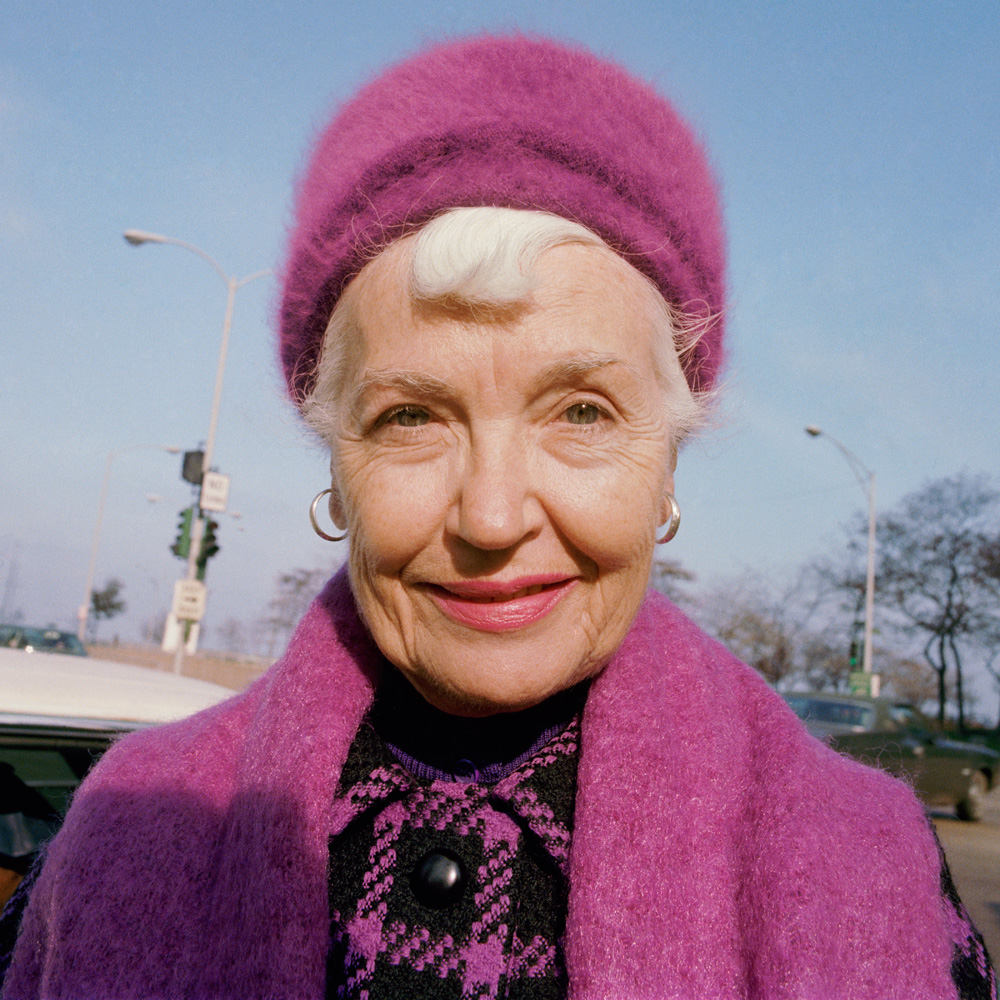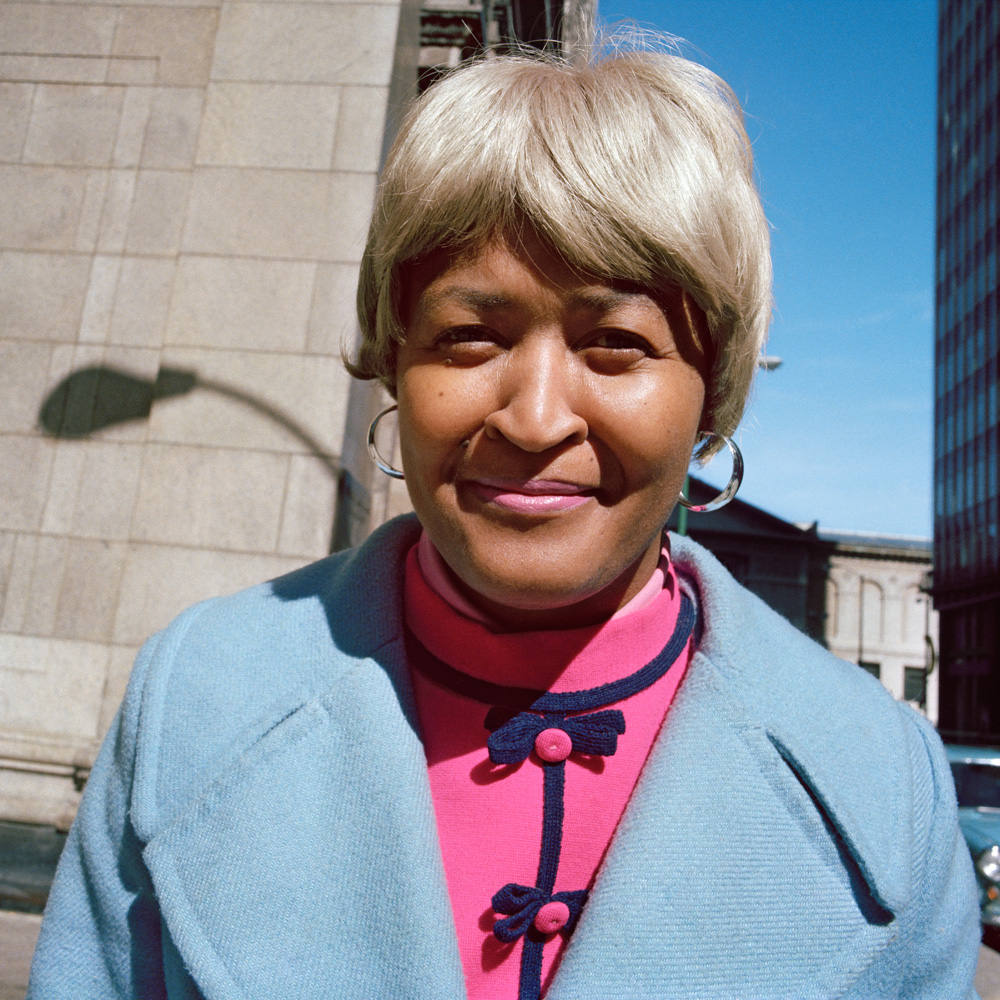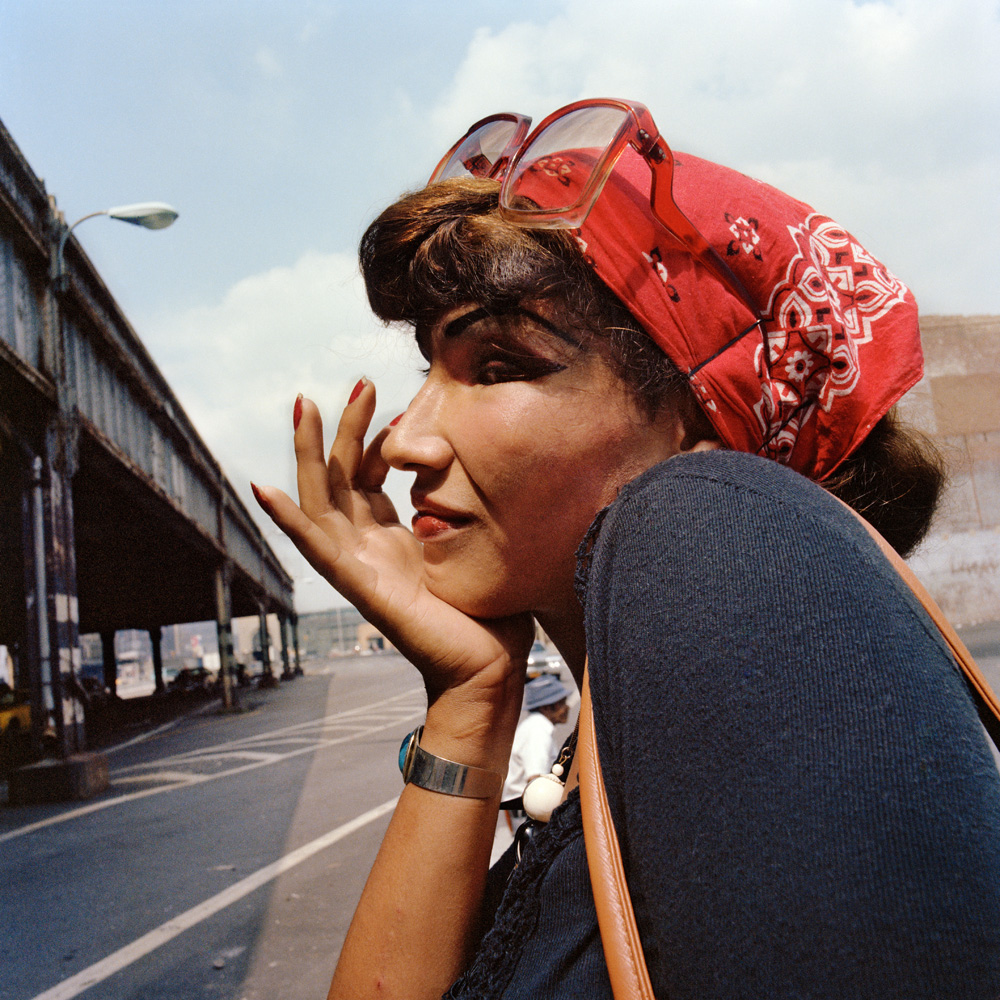Charles H. Traub: Lunchtime
“If you stay in one place long enough, everybody passes by. And, truth be known, everybody wants to be photographed.” – Charles H. Traub
A few months ago, I received an e-mail from Charles H. Traub, sharing his new website. It was stunning in its design, each project given wonderful graphics and a unique presentation (ex. check out Still Life in America). Then I went down various rabbit holes: his book section featuring 15 monographs and scholarly publications, a section on Writings, and then there was the bio (see below). It’s hard to believe that one person has achieved so much in the name of photography. Finally, there was the work, project after project of wonderful photographs. Today, I feature his series, Lunchtime, created between 1977 – 1980 on the streets of New York, Chicago, and Europe. These portraits have aged well, revealing our humanness, our foibles, and flaws, but photographed with compassion and curiosity. He has a monograph under the same title, published in 2015, for sale here.
Charles H. Traub was born in Louisville, Kentucky, in 1945. He studied English literature at the University of Illinois, and joined the Peace Corps after graduation in 1967. An accident in Ethiopia forced him home to Kentucky where he met Ralph Eugene Meatyard, who became an important inspiration and friend. After service in the United States Army in 1969, he decided to pursue photography at the Institute of Design in Chicago. There he studied with Aaron Siskind, Arthur Siegel and Garry Winogrand. His thesis of abstracted black-and-white landscapes “Edge to Edge” was widely exhibited, and featured in a solo show at the Art Institute of Chicago. Following his landscape work he made three well-known series of black-and-white photographs: Street and Parties (from The Chicago Period), and his first monograph, Beach, all used an innovative vignette on a Rolleiflex SL66.
In 1971 Traub began teaching full time at Columbia College, Chicago and was responsible for developing new curriculum for the growing public interest in the medium. Traub was instrumental in developing the school’s Contemporary Trends Lecture Series that celebrated renowned international photographers and image-makers. Subsequently, he became chairperson of the department and founded the Chicago Center for Contemporary Photography, which became the Museum of Contemporary Photography (MOCP). In 1973, along with his colleague Douglas Baz, Traub went on a sabbatical to make the Cajun Document, an extensive look at the culture of the Louisiana bayous.
Traub’s first major body of work in color, Street Portraits, began in 1976, continued after his move to New York City, and culminated in the book Lunchtime. His move to New York was followed by his first solo exhibition of photographs at the Light Gallery. It’s owner, Tennyson Schad, then hired Traub to become director of this prestigious gallery. Traub curated numerous exhibitions there, including The New Vision: Forty Years of Photography at the Institute of Design; Aaron Siskind’s Harlem Document; Designed for Photography; and The Color Work of the FSA. Traub also showcased major photographers new to the gallery: William Klein, Luigi Ghirri, Ray Metzker, Mario Giacomelli and Louis Faurer among others.
After leaving the gallery in 1980 Traub continued his personal work and formed the Wayfarer partnership with Jerry Gordon—a specialized editorial and corporate photography agency. Their work was featured in many magazines, including Life, Time, Forbes, Fortune, Business Week, New York and Avenue as well as annual reports for Fortune 500 companies. Throughout the 1980s Traub traveled to Italy, Brazil, Haiti, Morocco and the Far East for his personal work. Dolce Via and In the Still Life are compendiums of photographs from that period.
In 1987 Traub was asked to design a graduate studies program for the School of Visual Arts, which became the MFA Photography, Video and Related Media Department. Since its inception, the program has been distinguished for its innovative use of digital technology, the inclusion of all aspects of the lens and screen arts and its internationally celebrated faculty. As an early advocate of the power of digital photography, Traub adapted it to his own practice. His philosophy about the importance of digital thinking is reflected in the manifesto “Creative Interlocutor” and the textbook In the Realm of the Circuit. Creative projects that highlight Traub’s integration of new technologies include the interactive website Still Life in America and the iBook No Perfect Heroes: Photographing Grant.
here is new york: a democracy of photographs was co-founded by Traub. This living memorial to the tragedy of 9/11 received the Brendan Gill Award as well as the ICP Cornell Capa Infinity Award. It is considered one of the seminal examples of crowdsourcing, digital production and online distribution of universally produced imagery. The exhibition traveled to 42 venues worldwide, and with its Web presence is considered to be one of the most widely viewed exhibitions of all time. Traub has dedicated himself to photographic education and has been a chairperson at the School of Visual Arts for 30 years. He has served on a number of non-profit educational boards, and is the president of the Aaron Siskind Foundation. He has had more than 60 major exhibitions in galleries and museums throughout the world, including one-person shows at the Art Institute of Chicago, The Speed Museum, Hudson River Museum and Historic New Orleans Collection. Traub’s work is in the permanent collections of more than two dozen major museums worldwide.
Between 1977 and 1980, photographer Charles H. Traub ventured onto the streets of Chicago, New York, and various European cities to take photographs of their inhabitants at lunchtime. Colorful and direct, animated and hesitant, the portraits were shot close to the subjects with a Rolleiflex SL66, composed seemingly off-the-cuff, usually focusing on just their heads and shoulders. The pictures celebrate the cheerfulness and whimsy of the individuals Traub approached — male and female, young and old.
“I started photographing the passing parade of the street, because I knew that if one asked, people were delighted to be noticed, to be recognized, to be, if you will, preserved by the camera’s witness,” explained Traub. “Today, these images are a remarkable record of who we once were.”
“But, generally I avoided the celebrities and the famous. I even turned down Jacqueline Kennedy Onassis, who once stopped to be photographed. She was the most famous woman in the world!” said Traub.
He continued, “My intention was to draw attention to the distinct uniqueness of everyday people. The power of photography for me is that it allows me to capture and savor the anecdotes and drama of our humanness.”
Posts on Lenscratch may not be reproduced without the permission of the Lenscratch staff and the photographer.
Recommended
-
Earth Month Photographers on Photographers: Tyler Green in Conversation with Megan JacobsApril 15th, 2024
-
Luther Price: New Utopia and Light Fracture Presented by VSW PressApril 7th, 2024
-
Emilio Rojas: On Gloria Anzaldúa’s Borderlands: The New MestizaMarch 30th, 2024
-
Artists of Türkiye: Cansu YildiranMarch 29th, 2024
-
Artists of Türkiye: Sirkhane DarkroomMarch 26th, 2024

